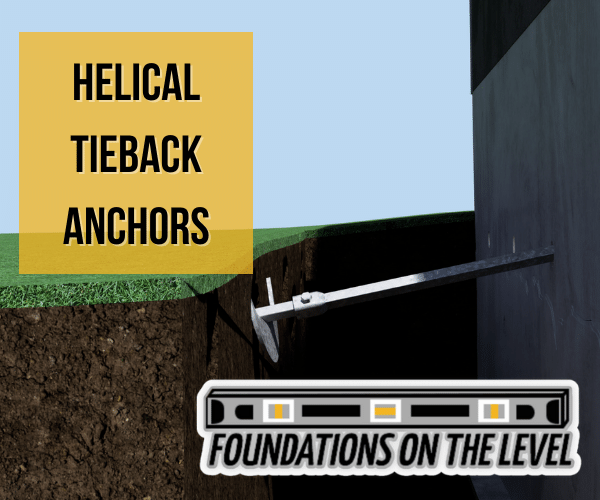Your Guide to Retaining Wall Repair
In some parts of the country, retaining wall has become synonymous with stacks of decorative bricks serving as little more than edging to gently terraced flowerbeds. In these cases, retaining wall repair might mean replacing a decorative block that got chipped. Often even the slope itself that is being terraced is more landscaper creation than landscape feature.
That’s not the case in Southern California where we operate.
Here, retaining walls are key structural components, allowing for building in areas on significant slopes and preventing erosion. Here, ignoring retaining wall repairs can be a costly and potentially dangerous proposition.
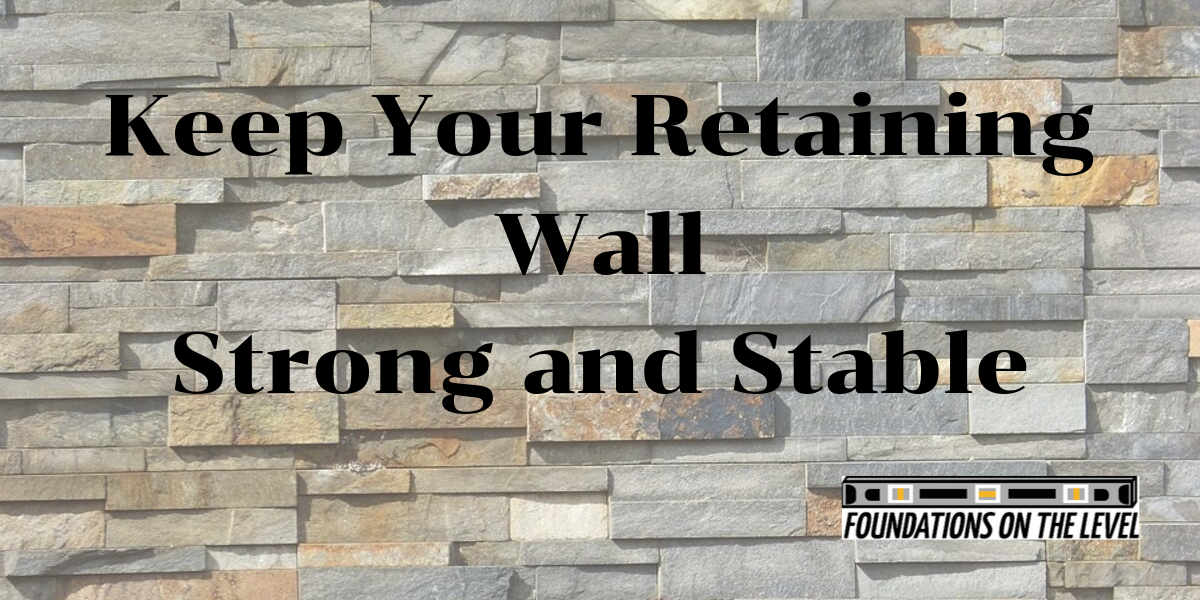
We’ll provide you with some tips on what to look for to head off problems before the retaining wall fails as well as a method to fix one of the most common reasons for retaining wall failure.
5 Signs that Your Retaining Wall Needs Repair
1. Horizontal Cracks
Whether you have a masonry retaining wall, one made of concrete, or a different type, horizontal cracks are among the most important issues to look out for. Usually, these cracks show that the wall is having difficulty withstanding the pressure being placed upon it by the soil. Given that the cracks themselves weaken the wall, this issue is likely to only get worse.
As with most types of cracks, the wider the crack the worse the problem likely is. If the wall is bowing at the crack point, this is another sign of trouble.
Note: If you have a masonry wall, a horizontal crack is not the same as the outer layer of mortar chipping or breaking off. If the cracking only affects the outer portion of the mortar, the issue might be the mortar itself, not the pressure from behind the wall. If this is the case, tuckpointing is likely in order.
2. Vertical Cracks
Vertical cracks generally aren’t as big of a warning sign as horizontal cracks. Hairline vertical cracks should be monitored, but unless they are closely grouped or grow, they likely won’t have any long-term structural consequences.
Wider vertical cracks, however, could signal shifting soil beneath the retaining wall. This weakened base leaves the wall more vulnerable to failure.
3. Retaining Wall Starts to Lean
If the retaining wall begins to tilt, either because the top is pushed forward or the bottom begins to slide, that wall is unable to properly withstand the force of the soil behind it. This must be stabilized before the wall fails.
4. Water isn’t Draining Properly
If the water isn’t draining properly from behind your retaining wall, that can lead to a buildup of hydrostatic pressure (the pressure applied by the water upon the wall). This will likely lead eventually to the wall cracking or tilting under the stress.
5. Gap Forms Between the Wall and the Soil
This can be caused by one of two things. Either the wall has been pushed forward (similar to the leaning wall discussed earlier) or the soil has receded.
Both are issues. Since we already discussed the issues with a wall leaning, let’s focus on the soil receding. This is often caused by erosion. This might not seem like a serious problem, but keep in mind that the wall was built to withstand the pressure applied by the soil. That means it was designed to function with the soil pressing against it. When that ceases to happen, it actually loses structural support.
Consequences of Retaining Wall Failure
Erosion
If a retaining wall fails, the cause is likely, at least in part, the soil behind it exerting pressure against it. What do you think the chances of that soil staying in place once the retaining wall is gone are?
If your property is at the bottom of the retaining wall, the dirt will likely slide into it. If it is on top of the retaining wall, a portion of the property could have the soil supporting it suddenly shift.
Neither is good, and can lead to the next problem.
Damage to Nearby Structures
As noted above, shifting of earth previously held back by a retaining wall can cause damage to nearby structures in two ways. First, the soil could slide into them. Second, it could destabilize the ground that they sit on, causing them to sink unevenly.
In either case, the damage can be significant and can increase the next point.
Financial Costs
This can be broken up into three areas. The first is a direct result of soil shifting on your property and any damage or cleanup costs that it entails. The second is stabilization costs to get the area that had been behind the retaining wall stable again. The third is liability. This can result if the failure of your retaining wall causes injury or damage to a neighboring property.
Retaining Wall Repair Methods
If your retaining wall is already damaged, all is not lost. Some solutions can return strength and stability to your retaining wall.
A quality contractor will come to the property and visually inspect the situation. Only then can they determine not only the cause of the problem but how to repair it and also prevent it from happening again.
If the wall is too badly damaged, it might need to be replaced. In many cases, though, helical tiebacks can be used to stabilize the wall.
What Are Helical Tiebacks
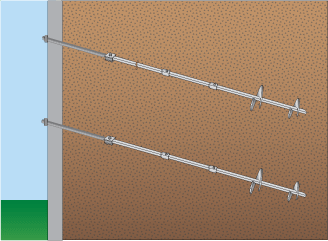
Helical tiebacks resemble giants screws. They consist of steel rods which are affixed with helical plates.
Helical tiebacks can be installed to pull back and reinforce the retaining wall. FOUNDATIONS ON THE LEVEL exclusively use tiebacks made by ECP, the leading foundation repair product manufacturer in the industry. There is no sense in using cheap materials just to save money. These low-quality fixes will fail and you will have a bigger problem than you may have had originally.
The tiebacks are installed using portable and lightweight equipment, minimizing the disruption to your lawn and property. Helical tiebacks provide strength while being unaffected by the weather. Once the tiebacks are installed, the retaining wall and surrounding property are ready to go. There is no need to wait for curing times or cleanup.
How the Helical Tiebacks Work
Helical tiebacks are drilled into the soil behind the retaining wall. The rod extends through the wall and is anchored on the front of the wall by a metal plate.
The helical plates use the very soil that is usually causing the problem by pushing against the wall to provide a counteracting force. They anchor the wall deep in the soil. This allows the wall to withstand greater forces without bowing or tilting.
Interested in Retaining Wall Repair in Southern California? Give Us a Call
Contact Foundations on the Level for your retaining wall repair needs in San Diego or Orange County, California.
Service Area
At Foundations on the Level we are proud to provide foundation repair and more services to San Diego and Orange counties in California. This includes the following cities and more:
San Diego County: Bonita, Carlsbad, Chula Vista, El Cajon, Encinitas, Escondido, Fallbrook, Lakeside, Lemon Grove, Oceanside, Rancho Santa Fe, San Diego, Santee, San Marcos, Spring Valley, Vista
Orange County: Aliso Viejo, Anaheim, Arcadia, Costa Mesa, Dana Point, Garden Grove, Huntington Beach, Irvine, Laguna Beach, Laguna Niguel, Mission Viejo, Newport Beach, Orange, San Clemente, San Juan Capistrano, Santa Ana, Tustin, Yucaipa
Similar Blog
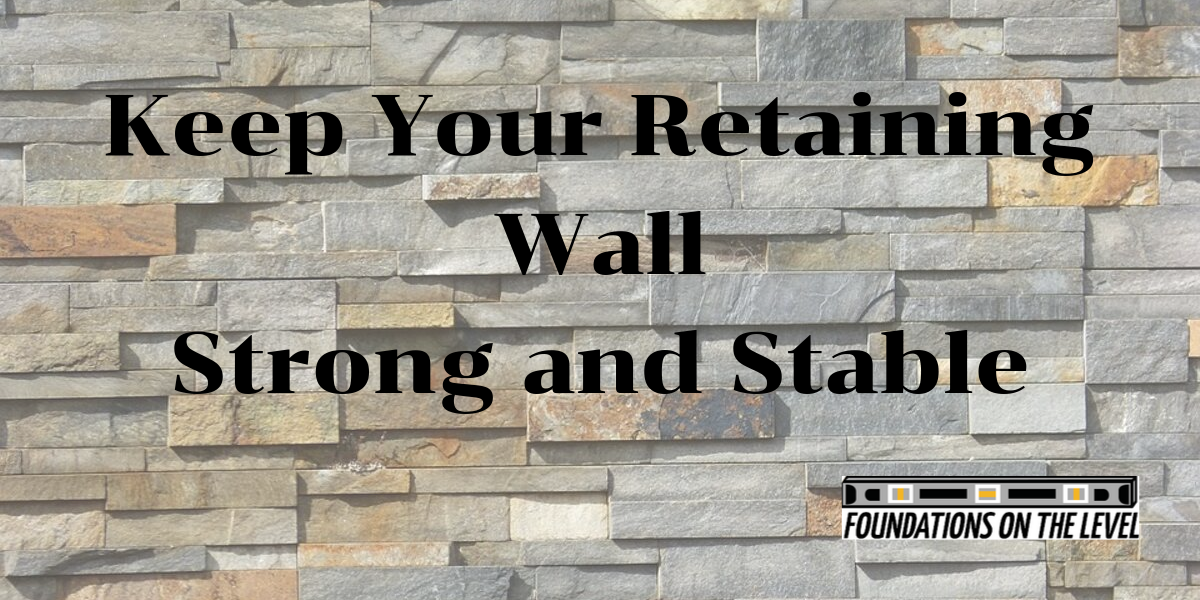
Your Guide to Retaining Wall Repair
August 8, 2025
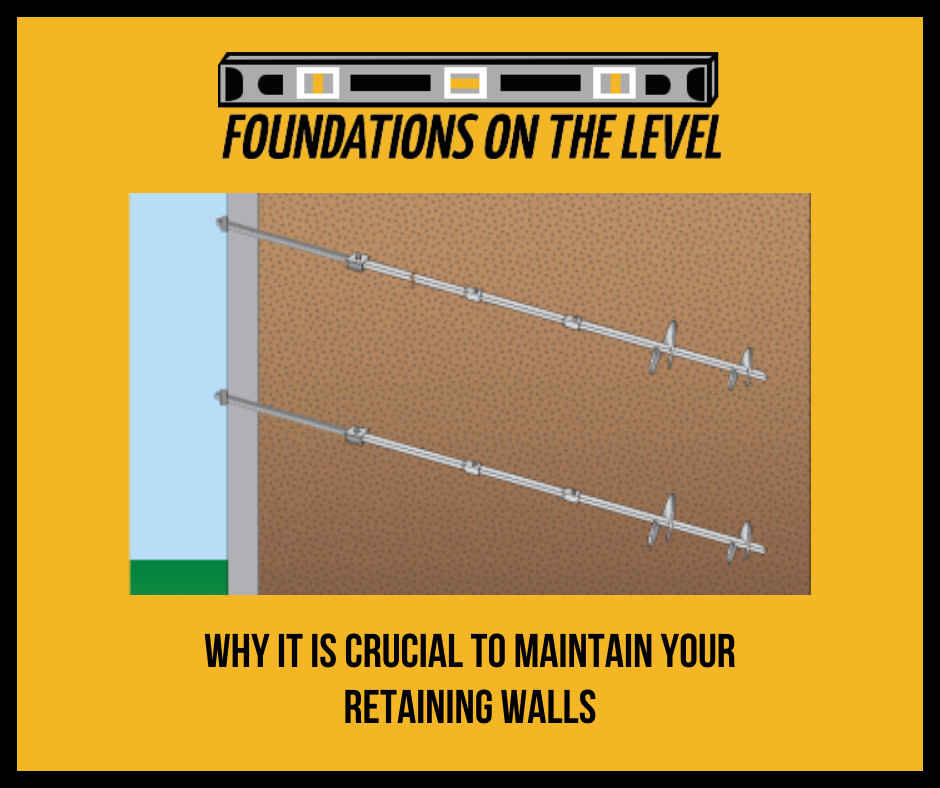
Why It Is Crucial To Maintain Your Retaining Walls
December 10, 2024
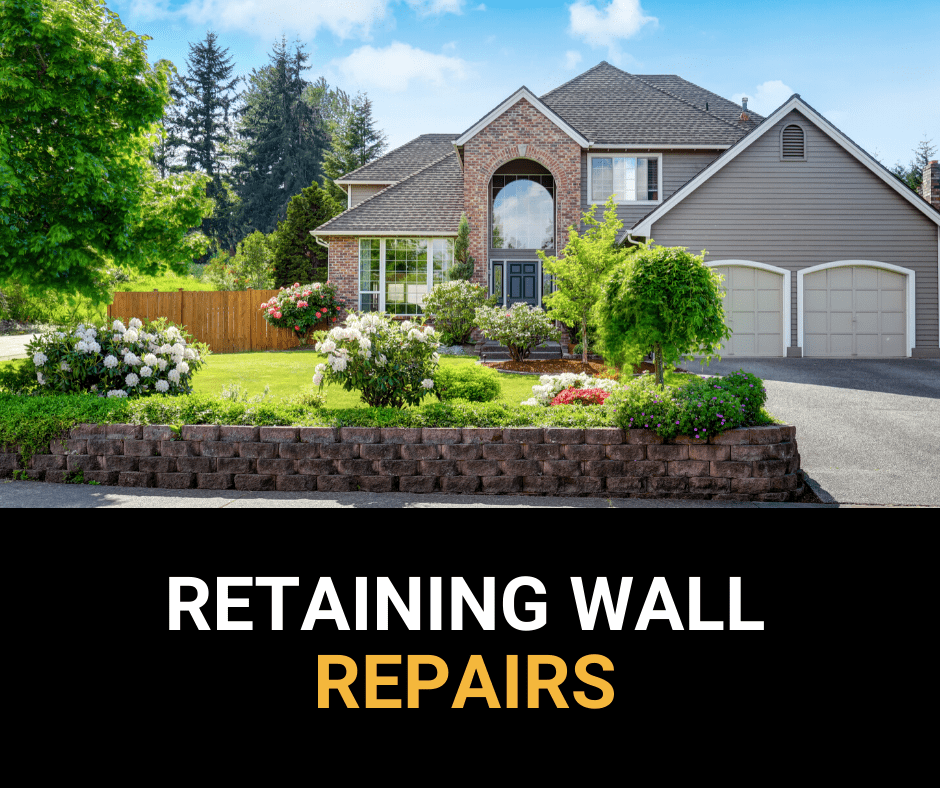
Maintaining Your Retaining Wall
April 20, 2020
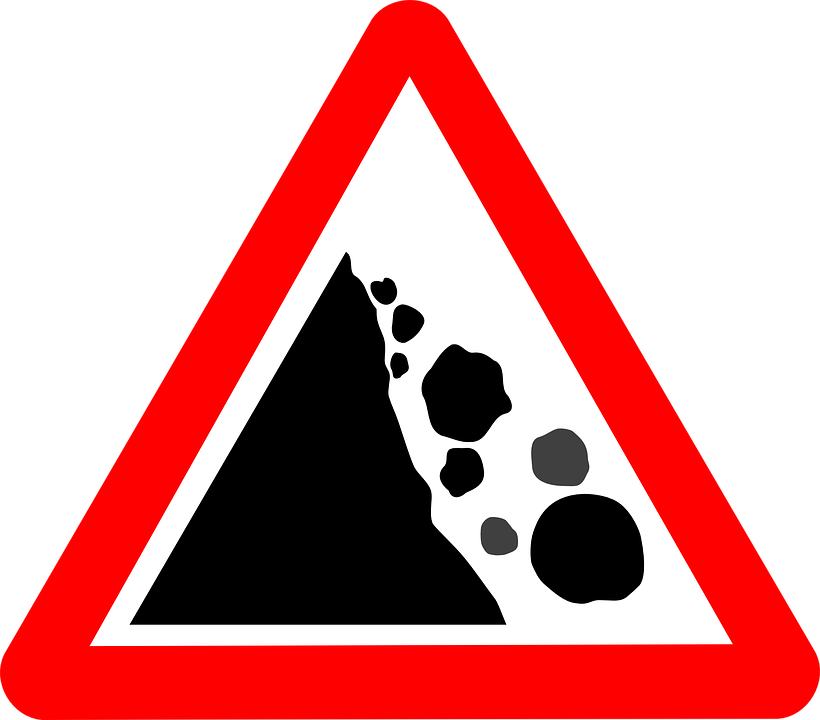
Landslides and Foundation Problems
March 20, 2019
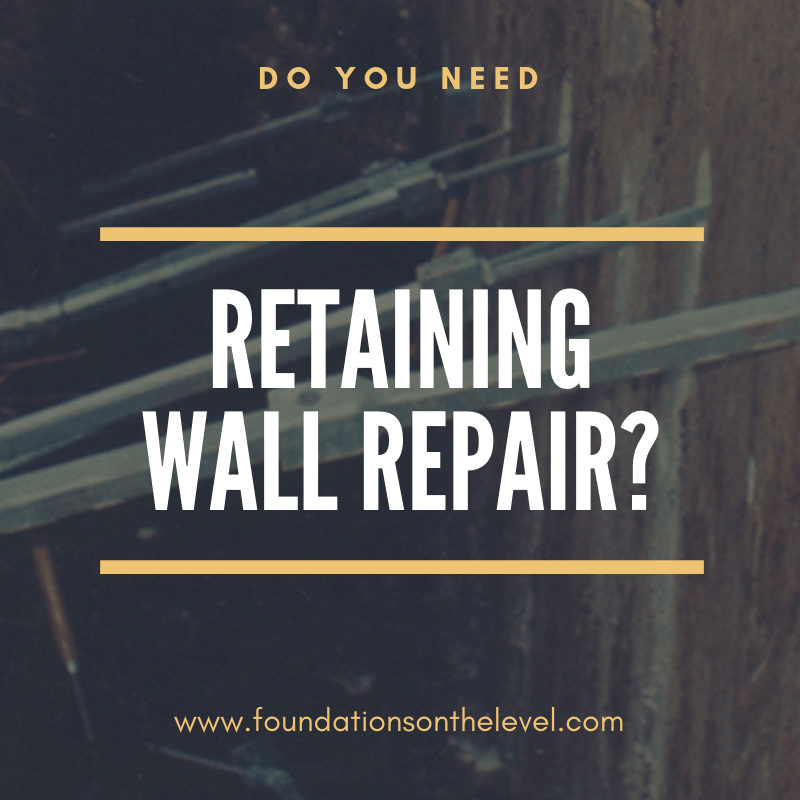
Signs of Retaining Wall Failure
September 27, 2018
